Salary-n-Peppa – Push it !
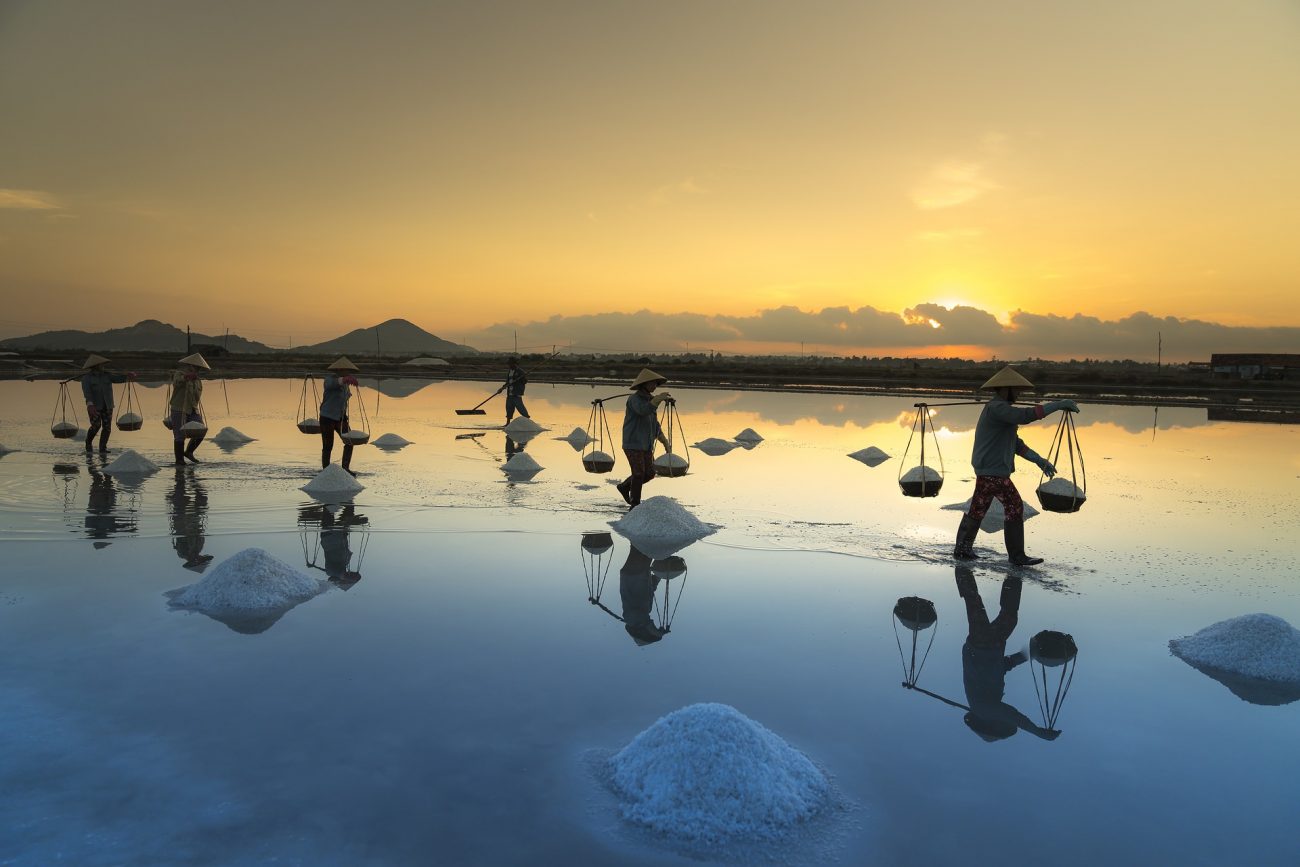
No, the word salary does not come from money, it comes from the word SALT, WHAT?

The Roman Empire used to pay their soldiers in salt and later in medieval times salt was considered a currency. One of the main reasons salt was so precious in those times thanks to its properties as a spice (and yes, Romans loved spices) and more important as a food conservant.
What is salt?
Salt is an inorganic mineral (Sodium Chloride) that comes from oceans and mines. When talking about salt mines, the salt extracted is from deposits of sodium chloride that crystallized when forming land masses isolated seas hundreds of millions of years ago.
Salt has been used over the centuries for flavouring and preservation, added to that salt is used for many industrial processes such as descaler agent, paper and leather industry, soap industry, animal feeding, PVC production, etc…
What is Crystallization?
Extracted from [3] “Crystallization is the physical transformation (phase transition) of a liquid, solution, or gas to a crystal, which is a solid with an ordered internal arrangement of molecules, ions, or atoms. Many substances of scientific, technological, and commercial importance are crystalline, ranging from large-tonnage commodity materials to high-value specialty chemicals. “
Crystal vs Glass?
The main difference is the time given for the molecules, ions or atoms to arrange.
Types of Salt
- Iodized Salt is a salt strengthened with potassium iodide to prevent iodide deficiency. We can find this salt in the majority of granulated table salts.
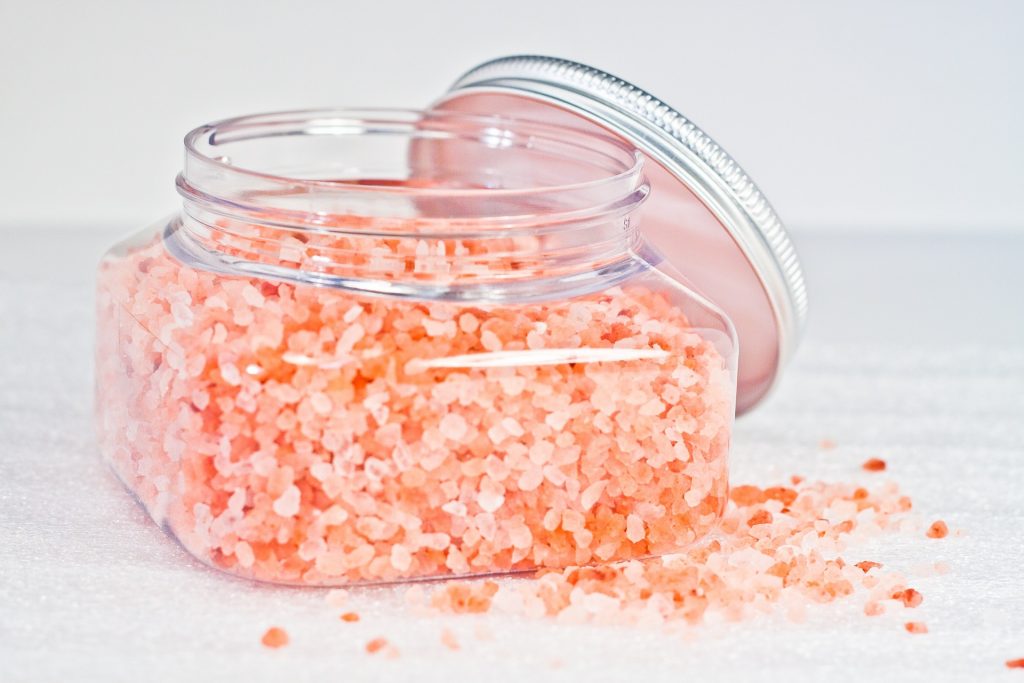
- Flake Salt is salt that is produced by evaporation of the brine solution of sodium chloride and water (i.e sea water), allowing to form salt crystals. These salts are used mostly for presentation purposes.
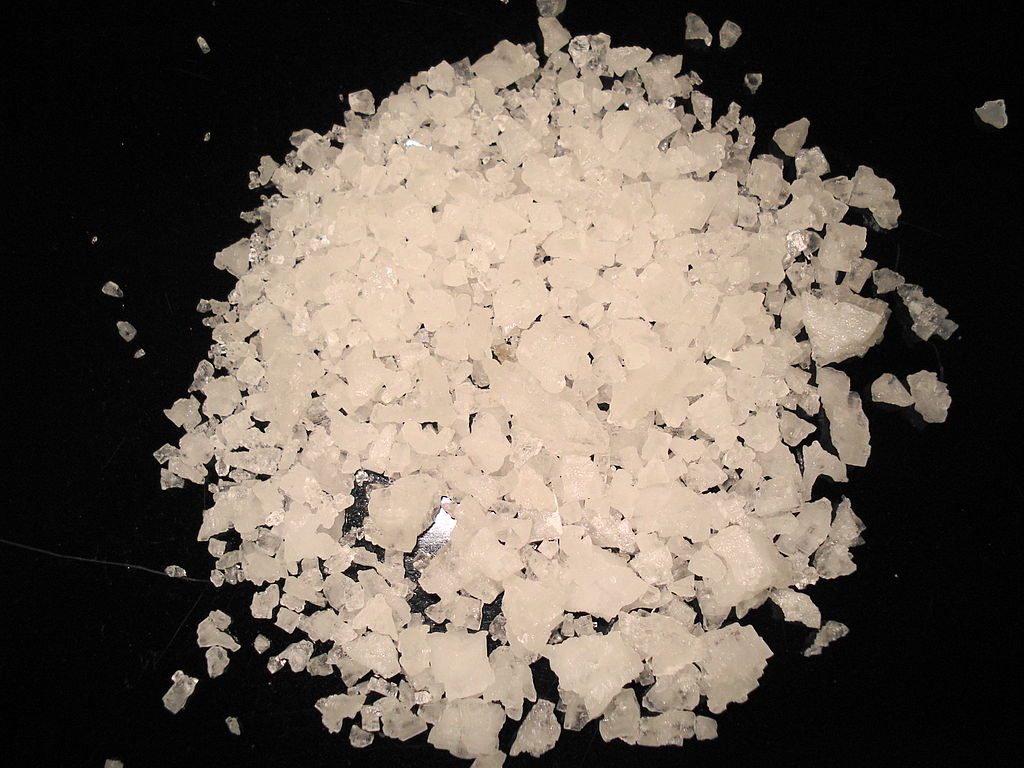
- Kosher Salt isn’t iodized and preferred by cooks for its purity. It’s used by the Jews for the preparation of meats according to their laws. It comes in form of coarse particles or flakes.
- Unrefined Sea Salt is salt extracted from salt beds, where seawater is tended and finally harvested when ready. This process can take five years and this salt is barely processed. This salt also comes in form of flakes.
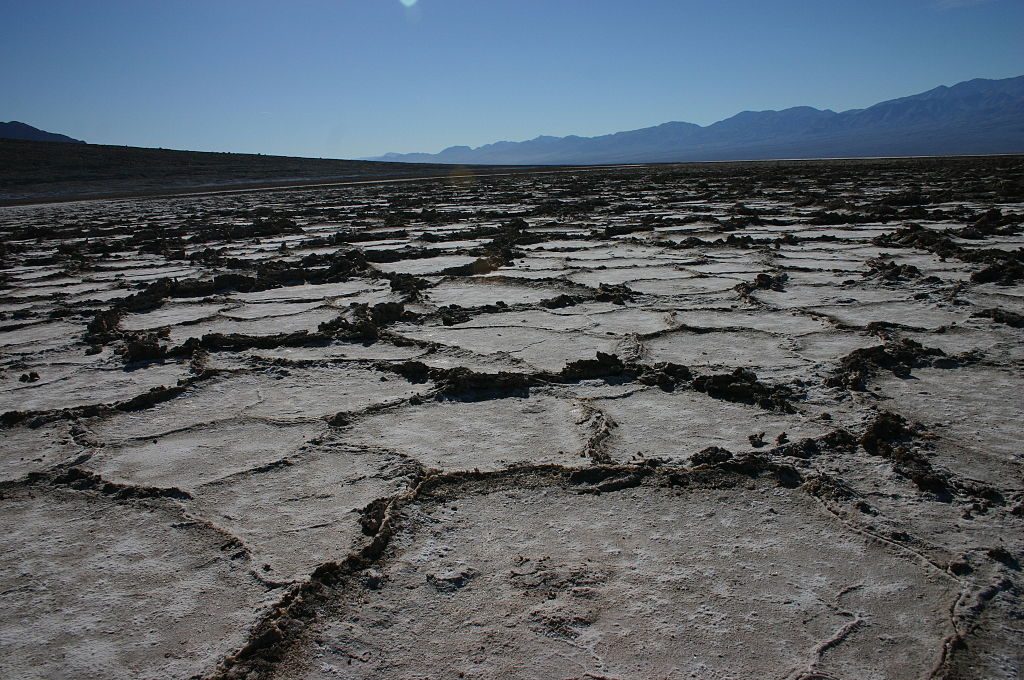
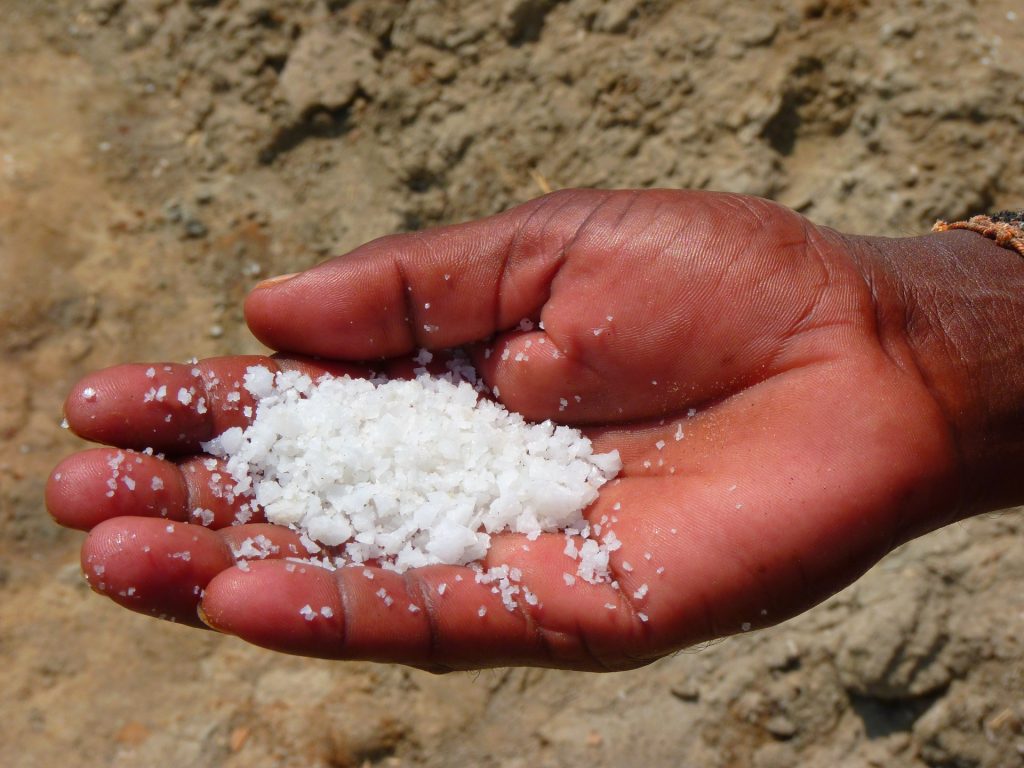
Sea salt without processing
- Fleur de sel is a sea-salt from west-central France. It translates “Flower of salt” and comes in form of flakes
- Flavoured and Colored Salts is a type of salt that has been added other flavours and decorative colours. For example celery salt ( in Croatia Vegeta), garlic salt, smoked and roasted salt, wine salts, black salt of India.
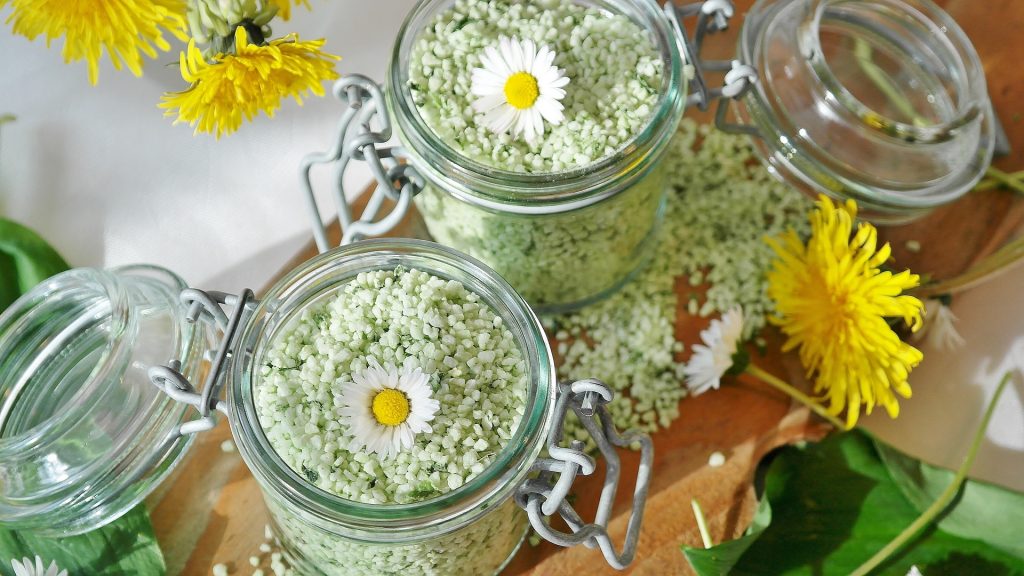
In this video we have an example of how salt is made
We can conclude that salt has a great value in our lives since ancient times, in addition, the price of it can vary depending on the process it was extracted and the different additives to its flavor.
And let’s not forget Salt-n-Pepa, Enjoy!
REFERENCES
[1] H. McGee (2004) On Food and Cooking: The Science and lore of the Kitchen, Scribner.
[2] Salt for industrial use http://www.amasal.com/en/the-salt/the-use-of-salt-in-industry-applications
[3] Crystallization https://www.sciencedirect.com/topics/biochemistry-genetics-and-molecular-biology/crystallization
[4] Photo by Quangpraha on https://pixabay.com/en/salt-hon-khoi-vietnam-field-3060092/
[5] Salt bed by By Wing-Chi Poon [CC BY-SA 3.0 (https://creativecommons.org/licenses/by-sa/3.0)], via Wikimedia Commons
